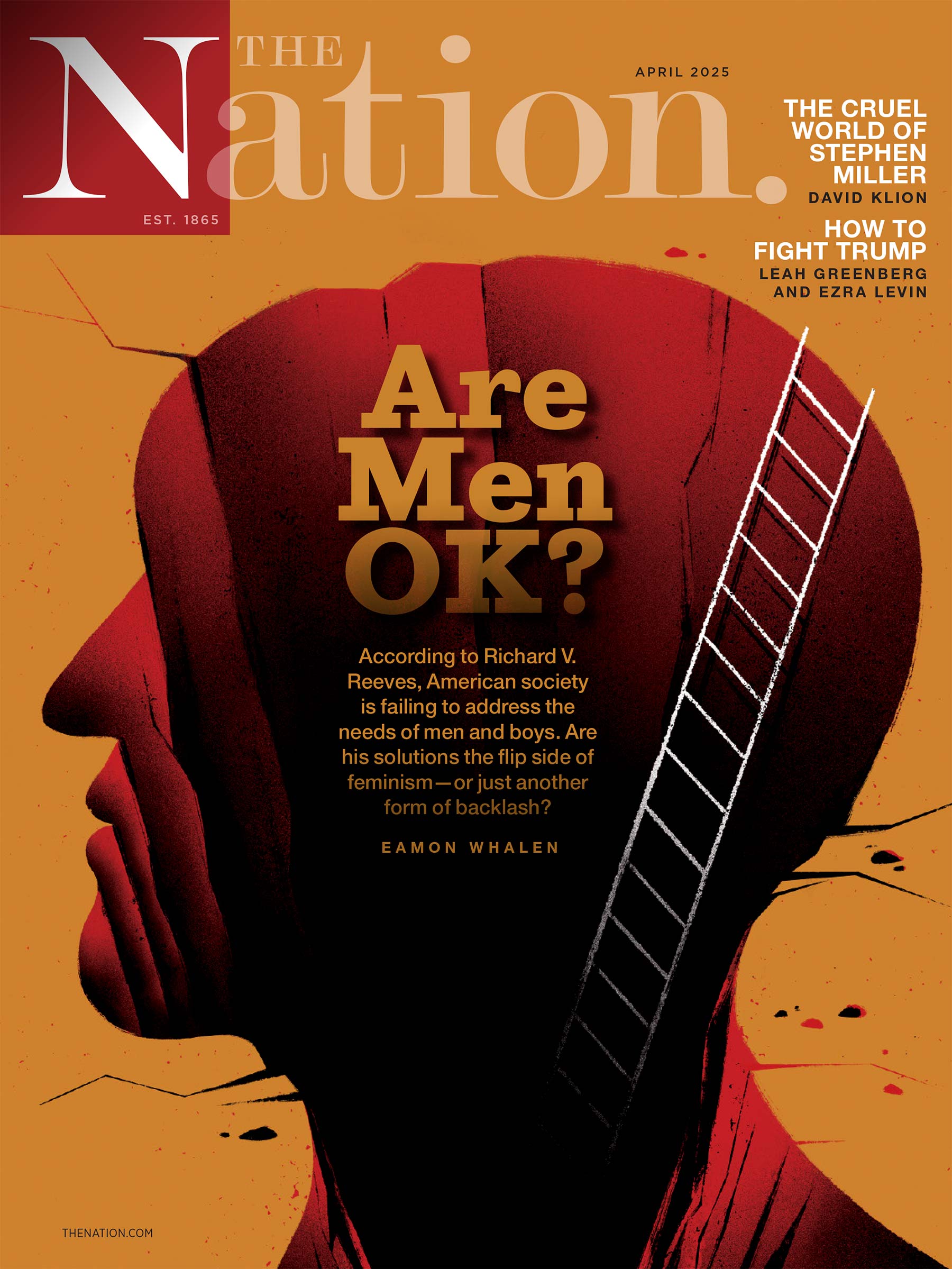The second-largest source of jobs for black people in the country is also one of the worst industries to work in. Although big retailers tout their “entry level” positions as a path to the middle class, retail work is built on dead-end jobs that perpetuate racial inequality.
A new report by the think tank Demos and the NAACP shows that the retail industry, a leading source of employment in the post-recession “recovery,” is creating many more bad jobs than good ones—and blacks and Latinos are stuck in the lowest-paid positions with the least opportunity for advancement.
Some leading retailers have faced legal challenges in recent years over racial or gender discrimination against workers, but the most harmful forms of racial bias operate just below the surface. Bad retail jobs compound the deeper economic and social barriers that disproportionately affect blacks and Latinos. Though black workers don’t differ greatly from whites in terms of education level or the age of the workforce, Demos reports, “Black and Latino retail workers are more likely to be working poor, with 17 percent of Black and 13 percent of Latino retail workers living below the poverty line, compared to 9 percent of the retail workforce overall.”
One reason why these workers tend to be poorer is simply the nature of their jobs: “Black and Latino retail workers are underrepresented in supervisory positions like managers or first-line supervisors. Black workers make up 11 percent of the retail labor force but just 6 percent of managers.” But even in comparable sales positions, Demos researchers found that among full-time salespersons, black and Latino workers earned about 75 cents on the dollar compared to their white counterparts, “amounting to losses up to $7,500 per year.”
Moreover, blacks and Latinos are more likely to be stuck in part-time positions, working fewer than the number of hours they need to make ends meet, with constantly varying schedules. “One in five Black retail workers are employed involuntarily part time, compared to less than one in seven white workers.” The combination of low wages and unstable schedules is particularly hard on parents of color: black and Latino workers are disproportionately likely to be the sole providers for their households. Single moms in retail are especially disadvantaged: according to a 2014 Demos report, “1.3 million women working in the retail industry live in or near poverty.”
Popular
"swipe left below to view more authors"Swipe →Erratic hours and on-call last-minute scheduling especially impact black workers, who often “have longer commute times than White workers, leading to greater time and money costs when their shifts are cut short.” A lack of healthcare benefits, along with unmet childcare needs, intensifies poverty and further constrains workers’ ability to gain steady employment. Federal and state subsidies for childcare are scarce, and daycare simply might be unavailable when workers don’t even know if they’ll be working until the day they are called in.
Financial barriers intersect with racial divides. Low wages destabilize families of color through the debt cycle. The disadvantage is perpetuated through the routine use of credit checks in job applications, which basically penalize job seekers for being financially insecure.
It all adds up to the so-called “two-dimensional jobs crisis,” in which black workers are doubly disadvantaged by mass unemployment and, for those who manage to find work, concentration in low-wage jobs.
Demos pointed out that there are simple ways the industry can shrink the racial gaps. Boosting the minimum wage to $15 an hour would automatically give 7 in 10 black and Latino workers a raise and also cut their poverty rate disproportionately by about half.
A significant boost to the wage floor would help close the gender gap as well.The earlier 2014 report by Demos projected that base wage of at least $12.25 an hour ($25,000 per year for full-time work) would increase women’s wages by more than 25 percent, putting the industry on track to more than halve the portion of women workers at or near poverty by 2022.
Women at Walmart have demanded fairer wages and schedules for years, aligning with the Fight for 15 movement that has galvanized low-wage workers nationwide. Workers like Latavia Johnson, who recently protested about suffering discriminatory treatment and scheduling cuts while working at Walmart during her pregnancy, wrote in a recent Salon.com column about the leading retailer’s lost opportunity: “The company could be paving the way for good jobs for working mothers. Instead, many pregnant women like me are left fighting for things like bathroom breaks, lighter lifting duties and basic health coverage.”
Walmart has generally reacted by dismissing protesting workers as outliers. But there are signs that big retailers are slowly responding to public pressure, and concerns that low wages are bad for business—in terms of both publicity and revenue.
Walmart and the Gap have both recently touted plans to raise wages incrementally to $10 an hour. But Demos says the industry can go farther by lifting wages to $15 while guaranteeing a full 40-hour workweek. Although higher wages could theoretically force employers to compensate by either shrinking their workforce or cutting hours, studies show that providing full-time work with stable wages—as has been proposed in federal and local legislation—actually improves productivity and reduces turnover. According to Demos analyst and co-author of the report Catherine Ruetschlin, Walmart has the capacity to raise wages and hours: “If Walmart needs to fill 80 hours of work time per week they can do it with 2 workers or 20.” From a business standpoint, she adds, “setting standards for work that share the cost of working between employer and employee…is beneficial for employment stability and for labor in general.”
The retail industry will keep expanding as a pillar of the low-wage economy, as will the racial wealth gap, until the dominant retail companies realize that the same business model that is ravaging communities of color is eroding its own bottom line.


